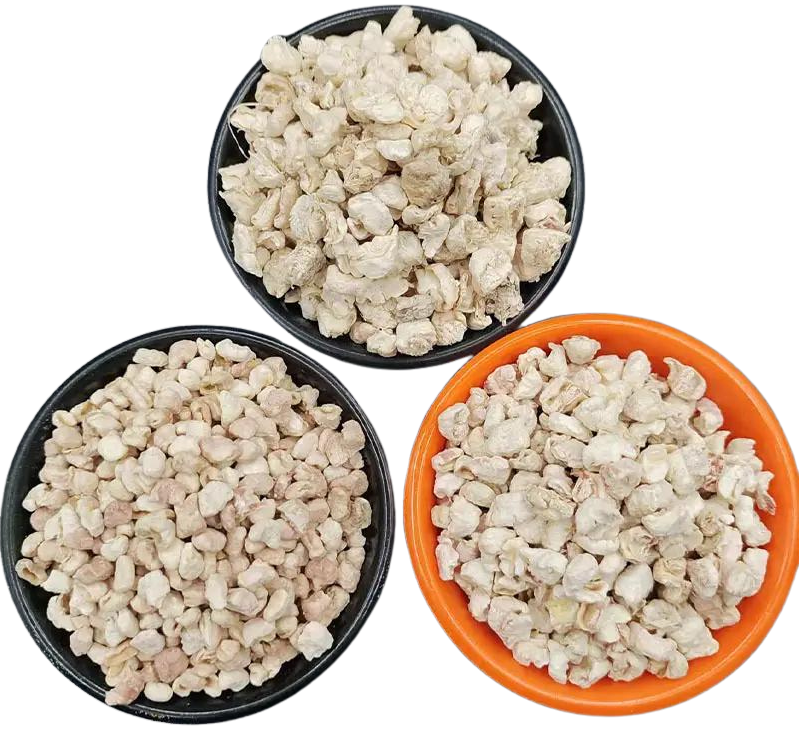
High-Quality Purified Talc Powder for Various Industrial Applications in China
The Rise of China’s Purified Talc Powder Industry
Talc powder, a soft mineral composed mainly of magnesium, silicon, and oxygen, has become a significant component in a variety of industries, including cosmetics, pharmaceuticals, food, and plastics. In recent years, China has emerged as a leading producer of purified talc powder, driven by its rich mineral resources, advanced processing technologies, and an increasing demand for quality materials in domestic and international markets.
Understanding Talc and Its Uses
Talc, a naturally occurring mineral, is known for its unique properties, including softness, moisture absorption, and slip. These characteristics make it an ideal ingredient in many consumer and industrial products. In the cosmetics industry, talc is widely used in face powders, baby powders, and cosmetics due to its ability to absorb oil and provide a smooth texture. The pharmaceutical sector utilizes talc as an excipient in tablet formulations, enhancing product stability and performance. Additionally, talc is employed in the production of plastics, ceramics, rubber, and paints, where its functional properties contribute to improved product quality and durability.
China’s Talc Reserves and Production
China boasts some of the largest talc reserves in the world, primarily located in the provinces of Guangxi, Liaoning, and Hebei. The geological conditions in these regions promote the formation of high-quality talc deposits, which are characterized by their purity and fine particle size. The Chinese talc production industry has witnessed significant growth, with advancements in extraction and processing techniques. Manufacturers are increasingly focusing on producing purified talc powder that meets international quality standards, thereby enhancing their competitiveness in the global market.
Advancements in Processing Technologies
One of the critical factors contributing to the rise of China’s purified talc powder industry is the continuous improvement in processing technologies. Traditional methods of talc extraction often resulted in impurities and inconsistencies in product quality. However, modern techniques such as flotation, air classification, and magnetic separation have revolutionized the way talc is processed. These methods not only enhance the purity of the talc powder but also allow for the production of various particle sizes tailored to specific applications.
china purified talc powder

Furthermore, the integration of advanced screening and milling processes has enabled manufacturers to produce talc powders with controlled particle size distributions, which is crucial for applications in cosmetics and pharmaceuticals. The focus on achieving higher purity levels has also prompted investments in quality control measures, ensuring that the final products are safe and effective for consumers.
Market Trends and Demand
The demand for high-quality purified talc powder is on the rise, both domestically and internationally. In the cosmetics sector, a growing trend towards natural and safe ingredients has led to an increased preference for talc-based products. Moreover, with the expansion of the personal care industry in emerging markets, the demand for talc powder is expected to surge.
In addition, the plastics and rubber industries are witnessing a shift towards lightweight materials that offer enhanced performance. Talc powder serves as an excellent filler that improves the mechanical properties of these materials, promoting its usage in a range of applications from automotive parts to consumer goods.
Challenges and Future Outlook
Despite the growing prospects of China’s purified talc powder industry, several challenges remain. Environmental concerns associated with mining activities and the need for sustainable practices are becoming increasingly important. Striking a balance between resource extraction and environmental protection is vital for the long-term sustainability of the industry.
Looking ahead, the future of China’s purified talc powder industry appears promising. With continued investment in research and development, coupled with a focus on sustainable practices, the country is poised to maintain its position as a leading supplier of high-quality talc powder. As global markets continue to evolve, the ability to meet and exceed international quality standards will be crucial for Chinese manufacturers aiming to expand their footprint in the world market.
In conclusion, the rise of China’s purified talc powder industry is a testament to the nation’s resource wealth, technological advancements, and thriving market demand. As the industry continues to develop, the focus on purity, sustainability, and innovation will play a pivotal role in shaping its future trajectory.
Share
-
Premium Glass Sand Solutions | High Purity SupplyNewsAug.03,2025
-
Premium Talcum Powder Enhanced with GPT-4 Turbo | Soft & Long-LastingNewsAug.02,2025
-
Fly Ash Solutions Enhanced by GPT-4 Turbo | Sustainable InnovationNewsAug.01,2025
-
Natural Premium Bentonite Cat Litter - Superior ClumpingNewsJul.31,2025
-
Premium Resin Coated Sand - High Heat Resistance CastingNewsJul.31,2025
-
High Quality Silicon Carbide Grit for Abrasive ApplicationsNewsJul.30,2025






